It is a female statuette in the round, probably forming part of the handle of a vase, with a strong naturalistic imprint and with physiognomic details and clothing details made with paint. The figurine has a continuous cylindrical structure, without interruptions between the head, torso, hips and limbs; the nape is trapezoidal, with a prominent nose and eyes made from simple perforations.
An iconographic comparison is possible with the statuette of Speech 3 to which it seems to refer in the conformation of the head, so much so as to have prompted Santo Tinè, who worked in the area for a long time, to hypothesize the existence of a long iconographic tradition of the Sibartide, as a sort of formal language of local origin in the Cosenza area of the Early Neolithic. In particular, on the head there is a line rendered in colour, between the nape and the forehead (in Favella 3 it is an engraved sign) connected to some perpendicular lines along the temples, joined in turn to a further horizontal line under the nose from which hang three other vertical sections. It has been hypothesized that this could be a sort of veil-diadem that frames the face, similar to that of Favella 3, as if to indicate a particular status of the women who wear it. The hair is detailed with flowing hair (braids?) flowing down the shoulders and back; the arms are folded towards the belly, the buttocks are prominent and probable jewels appear on the face and chest. Unlike the Favella statuettes, in the case of the Grotta Pavolella statuette the primary sexual characteristics are not present, hidden by a sort of low-waisted skirt rendered with paint and which continues up to the base.
Two periods of human occupation are witnessed in the cave, the oldest in the Middle Neolithic (with ceramic figurine attributable to the Raven Pass e Low calorie) and the most recent in the Eneolithic age, with the typical fluted pottery of Piano Conte; but the main feature of the cave is the presence of numerous human bone remains referable to the entire time span, even if different burial rites are witnessed.
In particular, in a specific level referable to the Neolithic of about 10-15 cm. thick, burnt human remains of about 20 individuals were found, mostly of young age, in some cases even calcined due to intense exposure to fire; moreover, the presence of ash and coals made it clear that the pyre had been lit directly in the cave, thus attesting to one of the very rare cases of in situ cremation from the Italian Neolithic, done on top of a previous level of normal Neolithic inhumations, the latter with the remains of buried lying on a compact surface covered with small stones. Some bones of the level of the buried were still partially connected and in particular the remains of two individuals were recognized in correspondence with which a two-tone painted ceramic vase had been placed. It is in the cremated layer that the statuette was recovered together with other fragments of ceramic figurines, lithic tools and faunal remains, also with traces of combustion. In the vicinity of this area being excavated, another area with the same level of cremated persons has been identified which however has not yet been investigated, but testifies that cremation inside Grotta Pavolella was a recurring ritual, the methods and whose deeper meaning has not yet been sufficiently clarified.
In the Eneolithic strata, on the other hand, concentrations of human bones of several dozen individuals have been identified, rarely in anatomical connection, deposited with the collective inhumation rite with the custom, common in late Italian prehistory, of setting aside the oldest bones and subsequent dislocation in other underground areas, to make room for new burials. In the Eneolithic layer a particular bone idol-dagger was found which recalls in shape the Cycladic idols widespread in the south-eastern area of the Mediterranean basin.
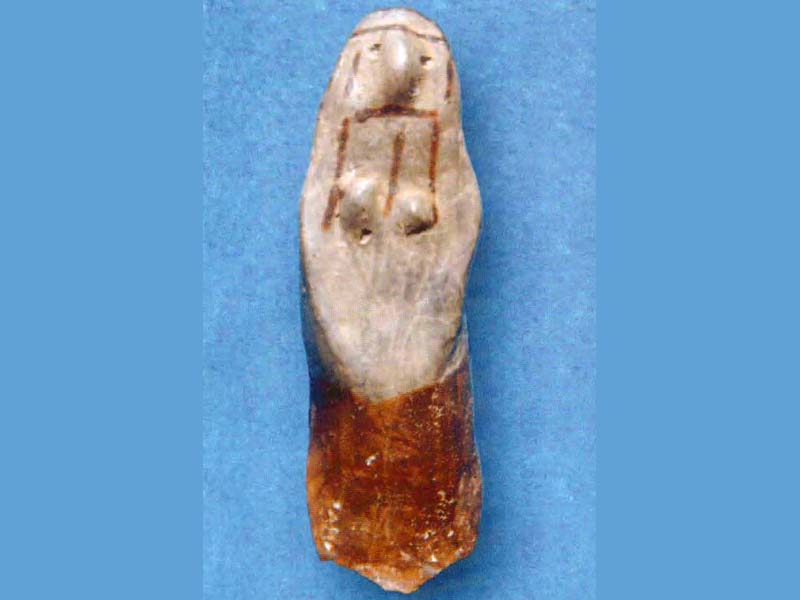
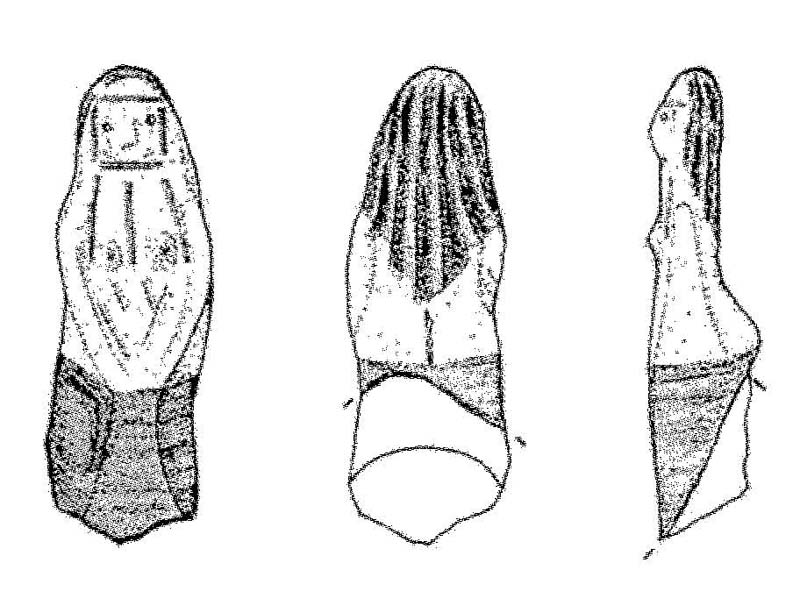
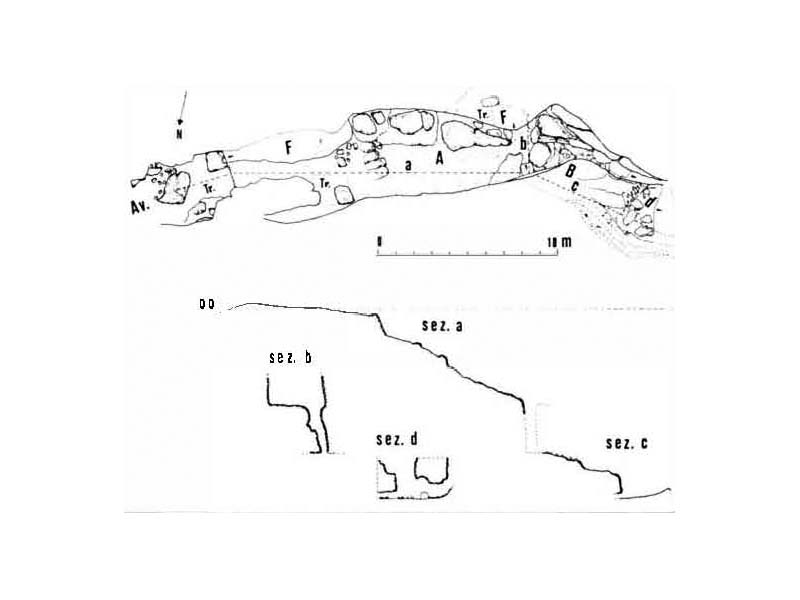
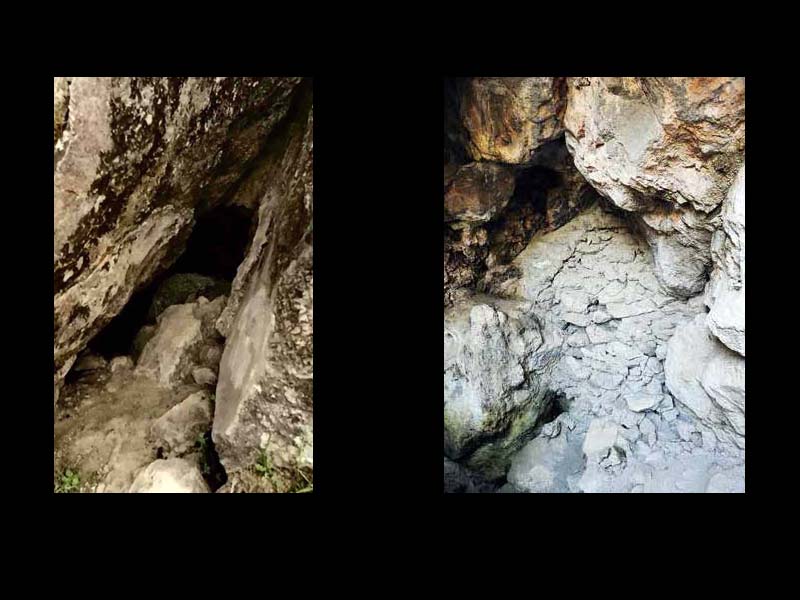
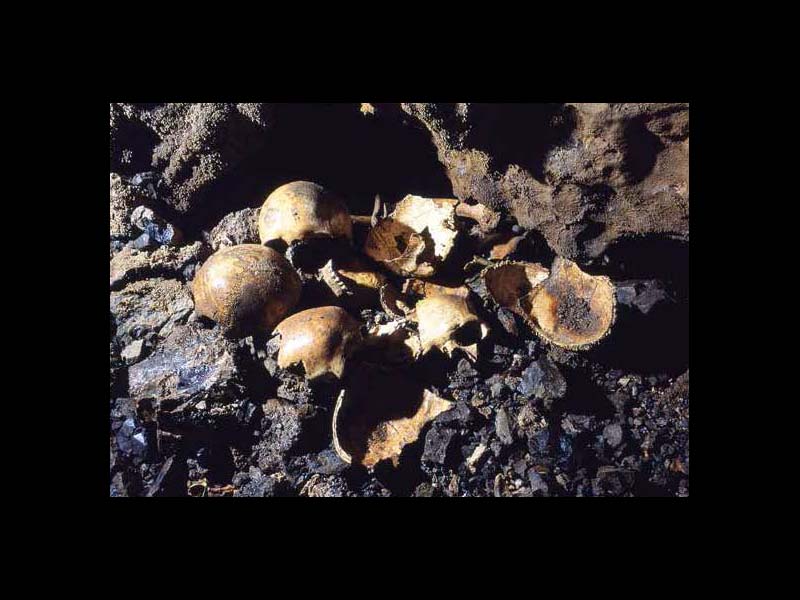
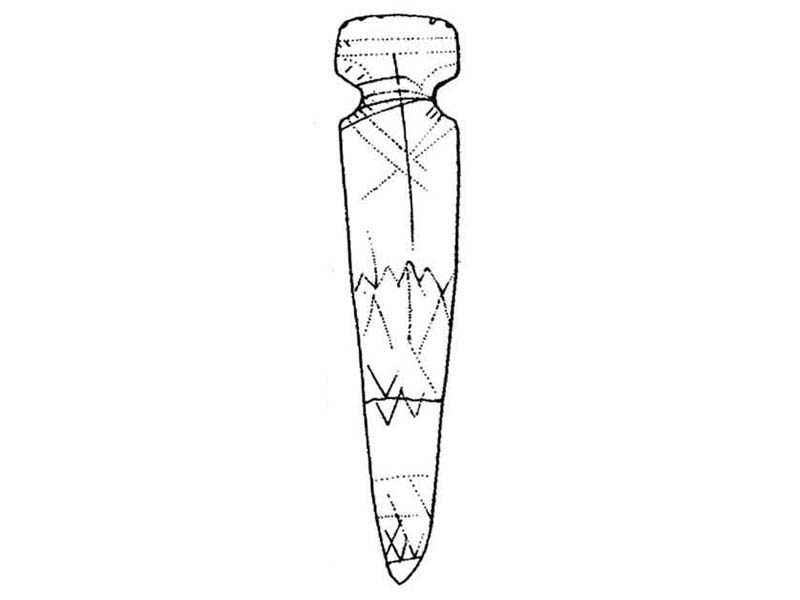
Historical notes
The Pavolella cave, explored in 1977 and 1978 by the "Eugenie Boegan" Cave Commission of Trieste and reported by the Calabria Archaeological Superintendency in 1977, develops over two superimposed floors, with a difference in height of about 23 meters, for a total length of 258 meters; it has two accesses separated by some areas with concentrations of collapsed boulders and a deep fissure that connects the two parts of the cave. The lower part, located at an altitude of 450 meters above sea level, is the one that presents the most important archaeological traces, with a high concentration of human bones such as to make it deserve the denomination of "Cave of skeletons" for the evident funerary character. The cave was excavated for the first time in September 1978 by Renato Peroni and Andrea Cardarelli and subsequently, in the years 1979-1982, four excavation campaigns were carried out by Gian Luigi Carancini and Rita Paola Guerzoni of the University of Perugia. The first searches were concentrated in the area in front of the lower entrance, with the identification of a stratigraphic sequence with the lower levels referable to the middle Neolithic and the middle and upper levels to the Eneolithic. Subsequent excavation campaigns were also extended to other areas of the cave.
CARD
LATEST PUBLISHED TEXTS
VISIT THE FACTSHEETS BY OBJECT

